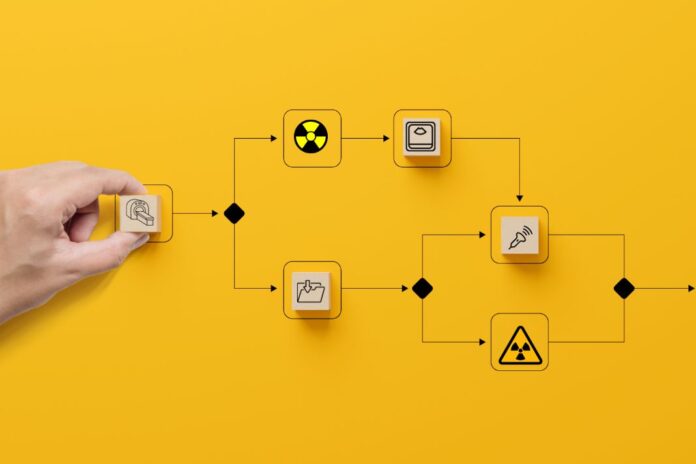In the dynamic landscape of modern healthcare, diagnostic centers are leveraging innovative technologies to optimize diagnostic workflows. This article explores the profound impact of cutting-edge advancements on diagnostic centers, highlighting how these technologies streamline processes, enhance accuracy, and ultimately improve patient care.
1. Digitalization of Medical Records
Discover how the digitalization of patient records and diagnostic data has transformed diagnostic centers. Electronic health records (EHRs) enable seamless information exchange, reducing administrative tasks and improving data accessibility for healthcare providers.
2. Picture Archiving and Communication Systems (PACS)
Explore how PACS technology has revolutionized medical imaging management. PACS systems allow for efficient storage, retrieval, and sharing of medical images, reducing the need for physical film and facilitating faster diagnoses.
3. Telemedicine Integration
Learn how telemedicine platforms have extended the reach of diagnostic centers, enabling remote consultations with specialists and expanding access to care, especially in underserved areas.
4. Artificial Intelligence (AI) and Machine Learning
Delve into the transformative impact of AI and machine learning algorithms in diagnostic workflows. These technologies aid radiologists and pathologists in interpreting data, accelerating diagnosis, and reducing the risk of human error.
5. Automation of Routine Tasks
Discover how automation is streamlining administrative tasks, appointment scheduling, and billing processes, allowing healthcare professionals to focus more on patient care.
6. Mobile Health Applications
Explore the rise of mobile health applications that empower patients to monitor their health, receive diagnostic results, and communicate with healthcare providers from the convenience of their smartphones.
7. Wearable Health Devices
Learn how wearable devices are facilitating continuous patient monitoring, enabling real-time data collection, and early detection of health issues.
8. Predictive Analytics
Understand how predictive analytics models are assisting diagnostic centers in identifying high-risk patients and making data-driven decisions for preventive care.
9. Enhanced Patient Experience
Discover how technology is enhancing the patient experience by reducing wait times, enabling online appointment scheduling, and offering telehealth options, all of which contribute to higher patient satisfaction.
Challenges and Considerations
Explore the challenges and considerations associated with adopting these innovative technologies, including data security, regulatory compliance, and the need for ongoing staff training.
Future Trends
Look ahead to the future of diagnostic center technology, with emerging trends such as 5G connectivity, augmented reality (AR), virtual reality (VR), and further advancements in AI and machine learning.
Conclusion
Innovative technology is reshaping the landscape of diagnostic centers, offering opportunities to streamline workflows, improve diagnostic accuracy, and enhance the overall patient experience. By embracing these advancements and addressing associated challenges, diagnostic centers can continue to play a pivotal role in delivering high-quality healthcare services and contributing to better patient outcomes in the ever-evolving healthcare industry.








